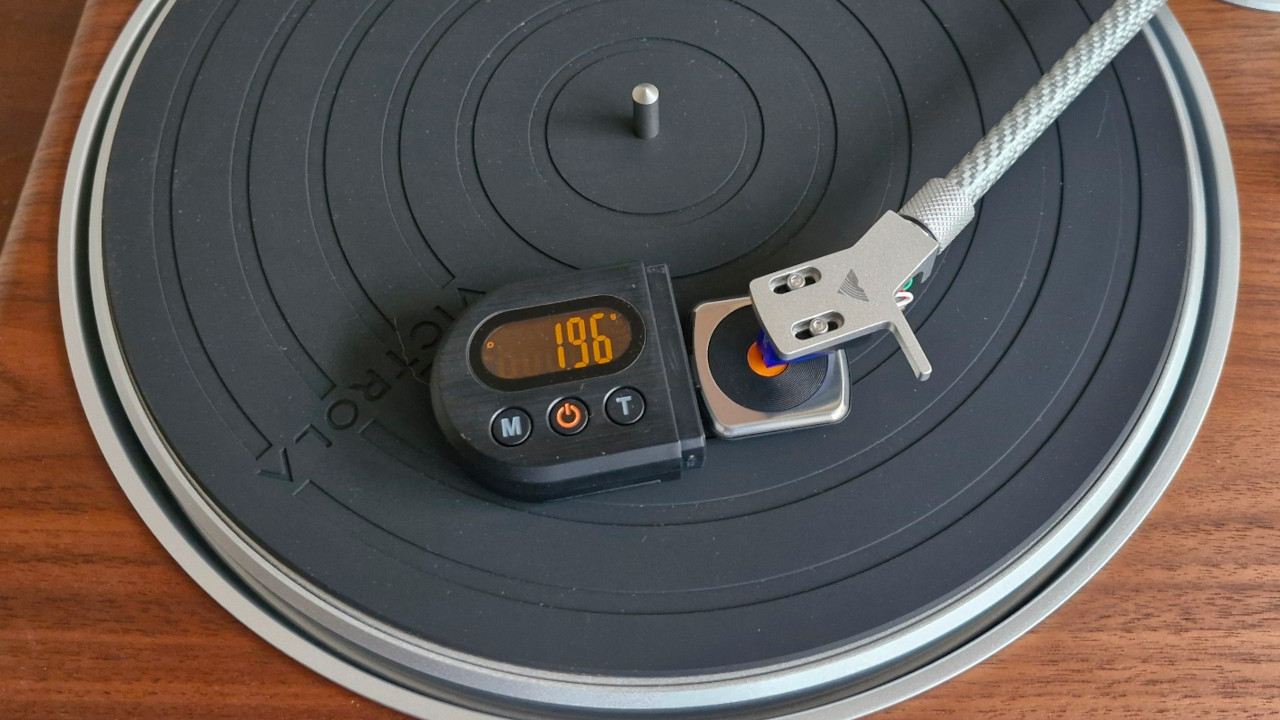If you’re reading this, you’ve probably taken your second step into the world of turntable ownership recently. The first step is buying a record player, and the discovery of just how blasting records can be. The second is a slower, more furtive one, driven by the simple question: “Could my records sound better?” There are many things that impact how good your vinyl sounds, and many will first look to the make-up of their hi-fi system for answers.
But there’s an essential step you should be taking first to ensure your hi-fi and ears are receiving the audio they deserve. Maybe you’ve bought a new turntable or invested in a vintage one. Maybe you’re on your existing turntable and need to set everything back up again.
Whatever the reason – and even if there’s no reason – you should know how to calibrate your turntable. But why? Turntables are not altogether complicated in design, construction or operation, but their performance is heavily impacted by a number of complicated-seeming variables. If your stylus isn’t where it should be, it could be wearing one side of your record groove out; if your tonearm’s weighing heavy on your record, you could be damaging both record and stylus.
Phasing, crosstalk, distortion, bounce-outs – these problems and more are all mitigated by calibrating your turntable, the results of which are like night and day. First, you’ll need something called a tracking force gauge, for measuring the weight of your stylus as it applie.


















